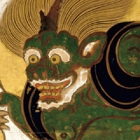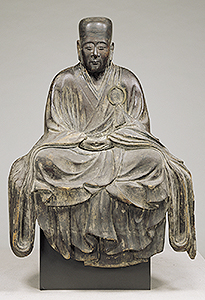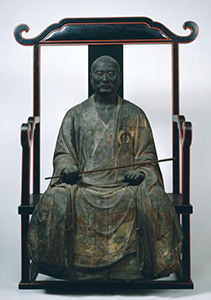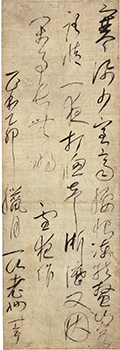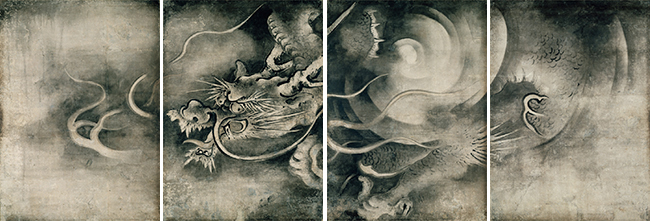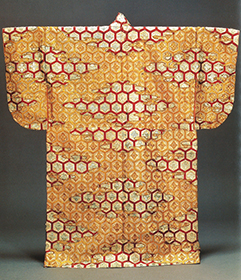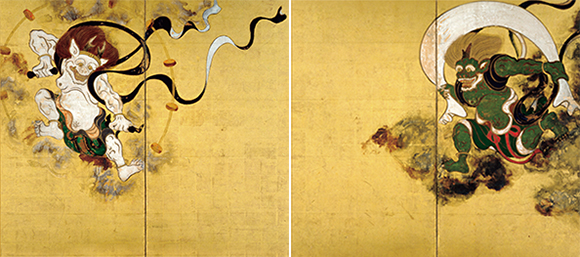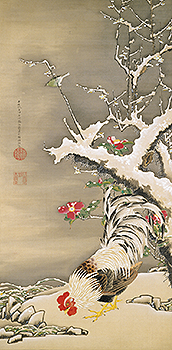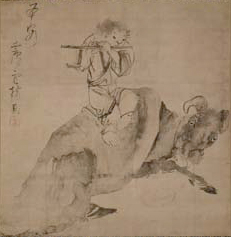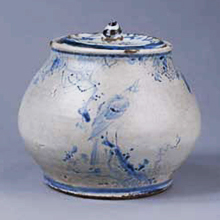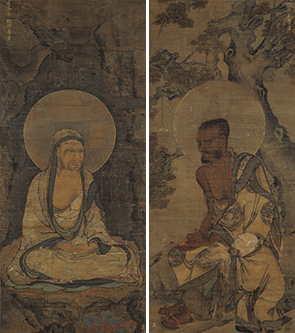Japanese Archaeology and Special Exhibition (Heiseikan) Special Exhibition Galleries
March 25, 2014 (Tue) - May 18, 2014 (Sun)
The year 2014 marks the 800th memorial of priest Yosai (1141–1215), who founded Kenninji temple, the oldest Zen temple in Kyoto. Yosai disseminated the Zen teachings of the Rinzai sect in Japan. In commemoration of Yosai's achievements, noted treasures from the Kenninji temple collection, including the screen paintings Wind and Thunder Gods (National Treasure) by Tawaraya Sotatsu, a master painter of the Azuchi-Momoyama to Edo period, will be on exhibit. Treasures owned by the Kenninji sect and by temples associated with Yosai will also be introduced, revealing the cultural accomplishments of Kenninji temple.

